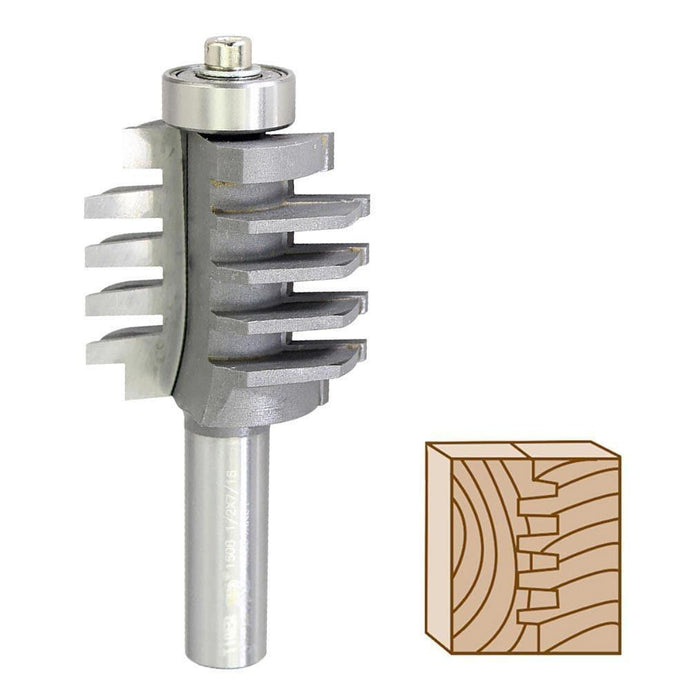The Intricacies of Finger Joint Wood: Weighing Its Advantages and Disadvantages
Finger joint wood, also known as finger-jointed timber, has carved out a niche in the woodworking and construction industries due to its unique construction and utility. This type of wood is made by joining shorter pieces of timber end-to-end using interlocking finger-like cuts, then gluing them together to form a longer, stable piece. This method, while practical and efficient, comes with its own set of advantages and disadvantages that are worth exploring.
One of the primary advantages of finger joint wood is its ability to optimize the use of smaller, otherwise less useful pieces of timber. In traditional wood milling, longer, defect-free planks are preferred, but finger joint wood allows for the repurposing of shorter sections that might otherwise be discarded. This not only reduces waste but also makes use of materials that would otherwise be considered inefficient or unsightly. Furthermore, the finger jointing process enhances the structural integrity of the wood. The interlocking design distributes stress more evenly across the joint, resulting in a stronger and more stable piece of timber compared to a single long board that might be prone to warping or cracking.
Another significant advantage is the cost-effectiveness of finger joint wood. By using shorter pieces of timber, manufacturers can reduce production costs and minimize the amount of high-quality wood required. This can lead to lower prices for consumers and increased accessibility to high-quality wood products. Additionally, the consistency in the size and shape of finger joint wood makes it easier to work with, ensuring uniformity in finished products and simplifying the manufacturing process.
However, finger joint wood is not without its drawbacks. One of the main disadvantages is the potential for visible joints in the finished product. Although modern adhesives and finishing techniques can minimize the appearance of these joints, they may still be noticeable, particularly in applications where aesthetics are crucial. This can be a concern for high-end furniture or architectural elements where a seamless look is desired.
Another consideration is the long-term durability of finger joint wood. While the interlocking design adds strength, the joints themselves can be a potential point of failure if the adhesive degrades over time or if the wood is exposed to extreme environmental conditions. Factors such as humidity and temperature fluctuations can affect the performance of the adhesive and lead to joint separation or wood warping.
Additionally, the quality of finger joint wood can vary significantly depending on the manufacturing process and the quality of the timber used. Poorly executed joints or subpar adhesive can compromise the overall strength and durability of the wood. Therefore, it's crucial to ensure that finger joint wood products come from reputable manufacturers who adhere to high-quality standards.
In terms of environmental impact, finger joint wood offers some advantages but also poses certain challenges. On the positive side, the efficient use of smaller wood sections helps in reducing waste and promoting sustainable forestry practices. By making use of timber that would otherwise be discarded, finger joint wood supports more responsible consumption of natural resources. However, the production process involves adhesives and other chemicals, which can have environmental implications if not properly managed.
In summary, finger joint wood presents a compelling blend of benefits and challenges. Its ability to utilize shorter timber pieces efficiently and provide structural stability makes it a valuable material in various applications. However, potential issues with joint visibility, long-term durability, and manufacturing quality must be carefully considered. As with any material, the ultimate choice to use finger joint wood should be based on a thorough evaluation of these factors and the specific needs of the project at hand.



